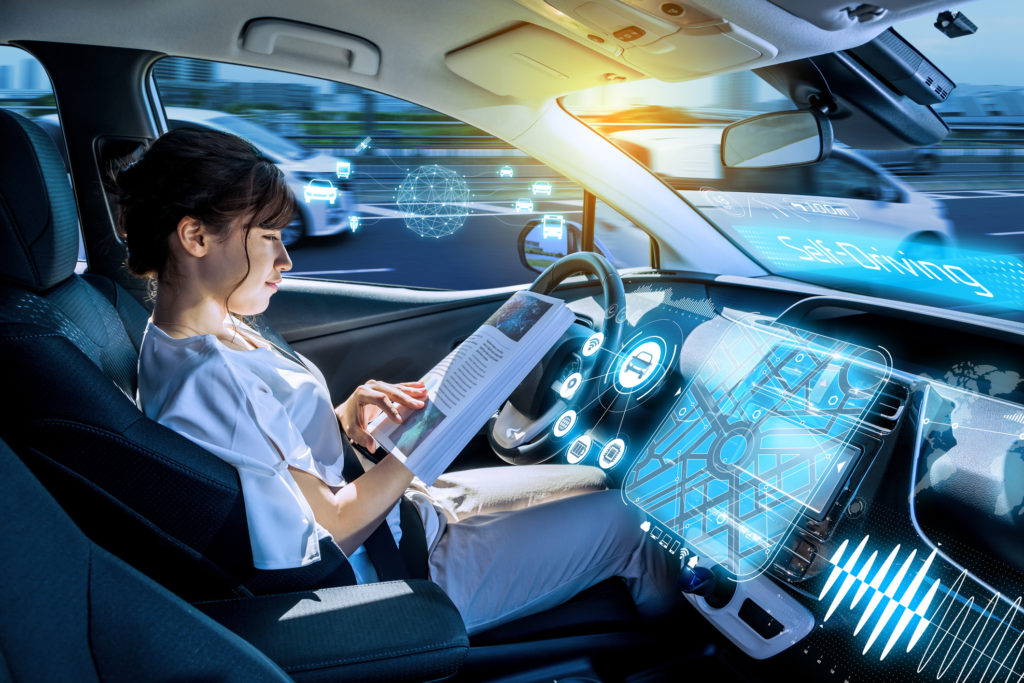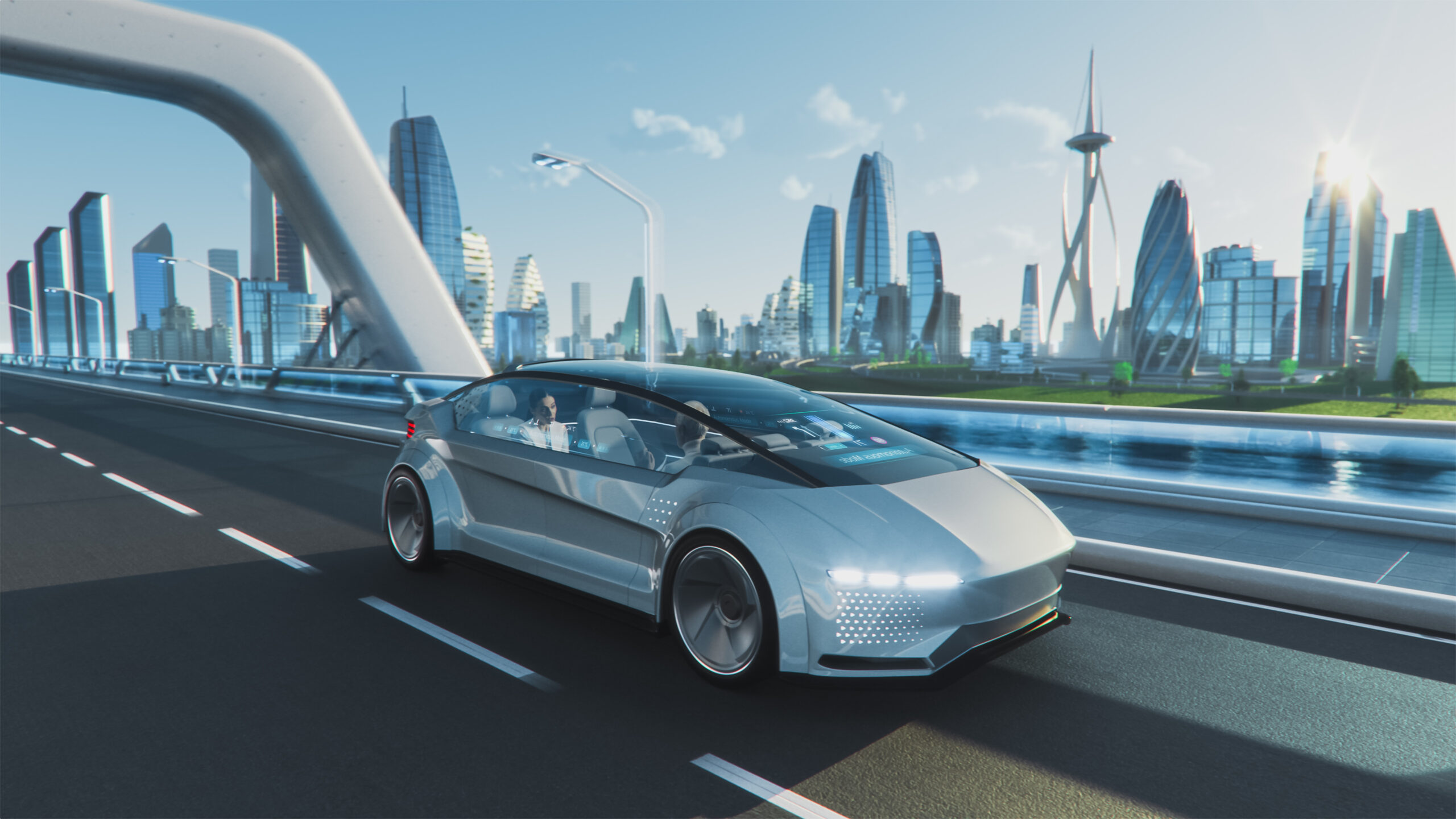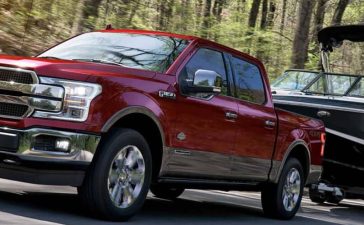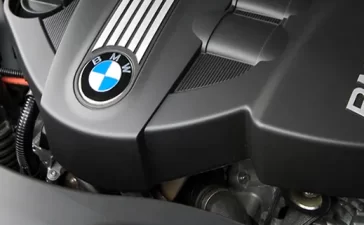Sid Krishnamurthi
The rate of innovation has sharply increased since the early 1900s, when the ICE (internal combustion engine) car was introduced, contributing to the astounding development of cars. Toyota Prius, the first commercially available hybrid vehicle, was introduced to the market in 1997. A few years later, Tesla debuted the “Roadster”, the first commercially available electric vehicle (EV).
Vehicle autonomy has grown in importance alongside the emergence of EVs, as seen by the fact that many new cars are equipped with partially autonomous features like AEB and collision avoidance. When it comes to innovation in autonomous car technology, technology businesses like Tesla that are foraying into the automotive sector are the driving force behind this. These businesses, in contrast to established players in the industry, are vertically integrated and focus on internal tech R&D, which enables them to deploy highly advanced autonomous vehicles much more quickly than competitors. The industry is aware of this and is working hard to change to remain competitive over the long term.
Solutions on the market today do not address the needs of autonomous driving in all situations in a sustainable way and, as a result, have become point solutions and operable in only certain conditions. Looking at the cause, current solutions in cars either rely on general-purpose CPUs or GPUs or a combination of both. CPUs by themselves do not have the architecture to address the very high compute needs and therefore have reliance on GPUs. On the other hand, GPUs are also general purpose with high compute capability, however, they lack low power consumption and, in many cases, processing efficiency. Due to these factors, the current offerings are not suitable for high-level AV perception, and the industry is constrained to partial autonomy as a result.

As explained above, conventional businesses that have been around for decades are feeling the pressure as a result of technology companies joining the automotive industry. Companies that can innovate AV and battery technology at the quickest rate will succeed as the industry transitions to electric vehicles and cars become more and more autonomous. To address both high compute and low power consumption requirements, which are opposing forces, as well as offering a compute platform that satisfies software-defined vehicle requirements, purpose-built solutions are needed. Undoubtedly, the race to complete car autonomy is currently underway.
Investigating the primary cause of this compute complexity requires one to consider the entire AV system. High-resolution, high-frame rate camera data must always be processed in real-time to achieve the highest level of accuracy. Other than high-resolution image sensors that enable far better visual coverage than their low-resolution counterparts, other sensory functions like radar or LIDAR may also be incorporated for additional input to address corner cases.
Legacy technologies designed for generic compute platforms are not suited for the needs of driving autonomy without significant repurposing, which is a departure from suppliers’ mainstream business, and therefore not practical. A ground-up approach is required to address the specific problems of driving autonomy. A solution that is built for the challenges outlined by the complexity of autonomous driving. OEMs are seeking such a solution to stay competitive in the market for years to come. We are in the perfect storm.
About The Author
Sid Krishnamurthi, Senior Manager @ Recogni












